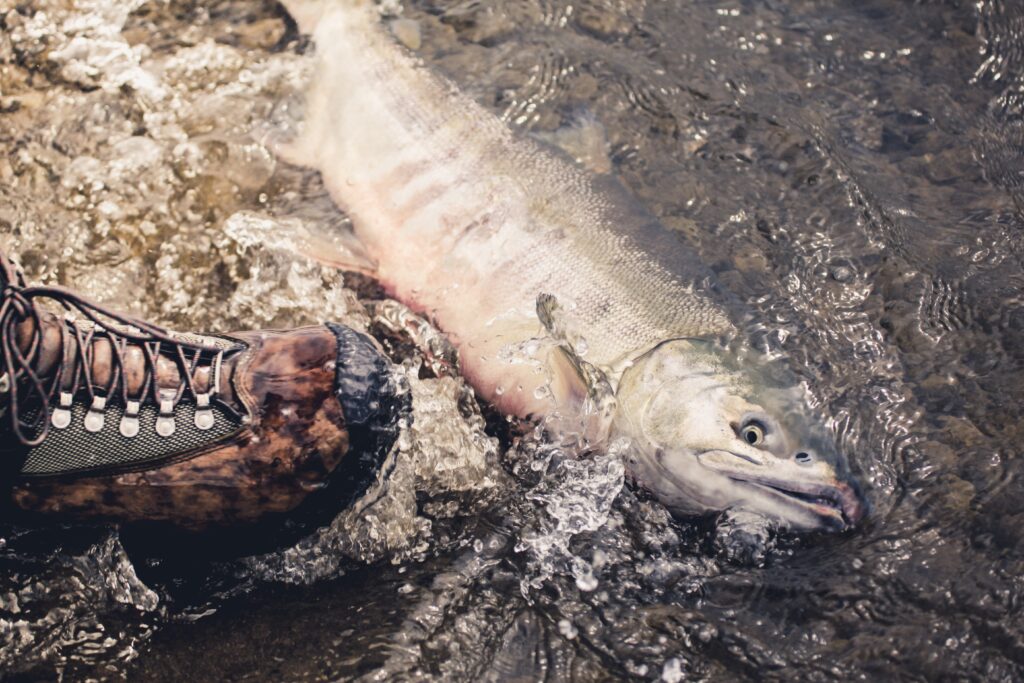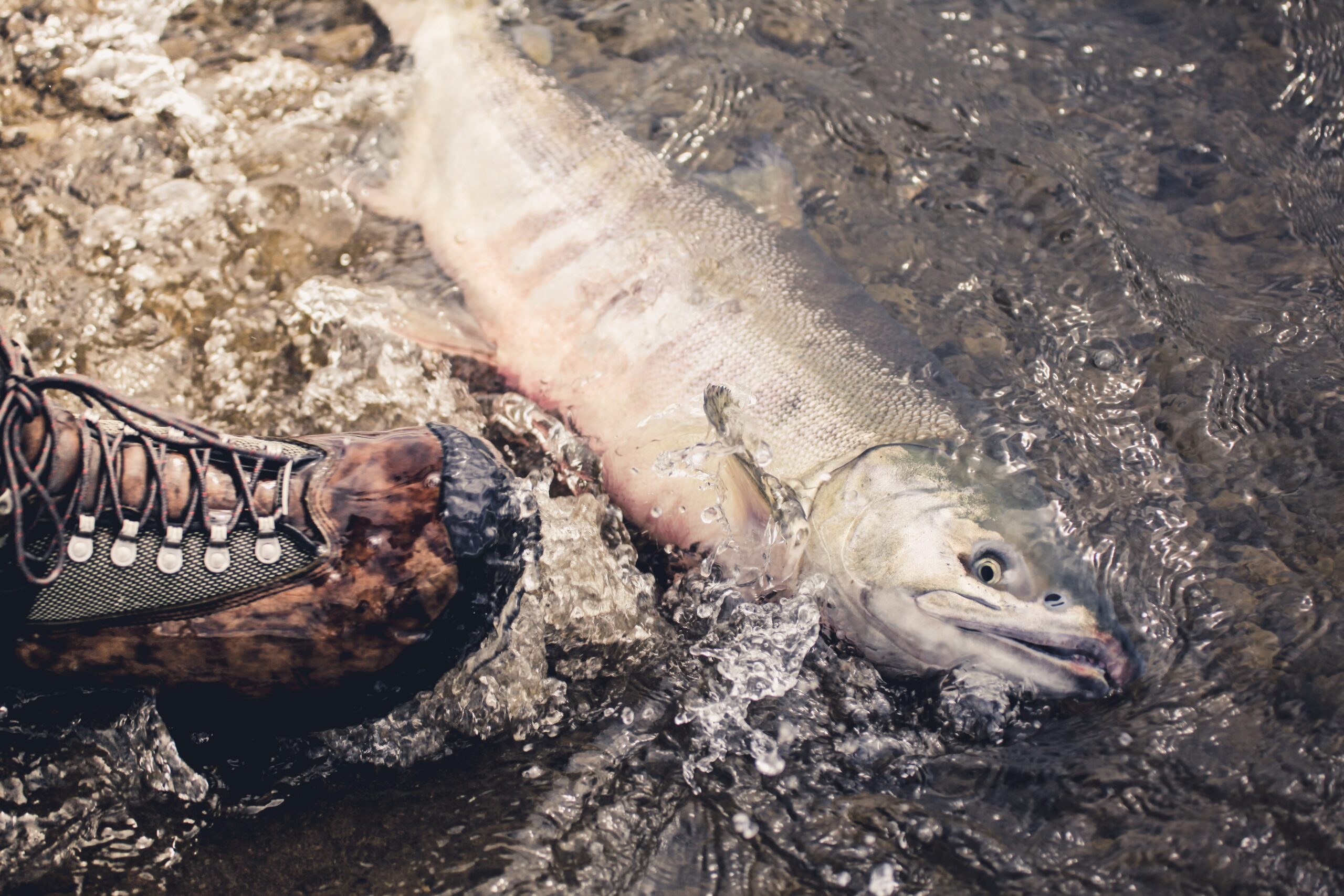さけのうおむらがる
今日は、日本における七十二候の第六十三候である「鱖魚群(さけのうおむらがる)」についてお話しします。
「鱖魚」は鮭のことで、「群」は集団という意味です。つまり、この七十二候は、鮭が群れをなして川を上っていく頃を表しています。
鮭は、卵から孵化すると、海に出て数年間過ごします。その後、生まれた川に戻り、産卵します。この産卵の旅は、鮭の一生で最も過酷な旅と言われています。
鮭は、海で栄養を蓄えてから、川を遡上します。しかし、川は海と比べて水温が低く、流れも速いため、鮭は体力を消耗しながら進みます。また、途中で、サメや鳥などの捕食者に襲われることもあります。
それでも、鮭は、生まれた川にたどり着くと、産卵のために力を尽くします。そして、産卵を終えると、鮭は死んでしまいます。
鮭の産卵は、生命の循環を表す大切な営みです。また、鮭は、日本食の代表的な食材としても親しまれています。

鱖魚群 (Sake Migration)
Today, I will talk about “Sake Migration,” the 63rd of the 72 seasonal signs in Japan.
“Sake” is a salmon, and “Gumi” means group. In other words, this seasonal sign represents the time when salmon migrate upstream in groups.
Salmon hatch from eggs and spend several years in the ocean. After that, they return to the river where they were born to spawn. This spawning journey is said to be the most difficult journey in a salmon’s life.
Salmon migrate upstream after storing nutrients in the ocean. However, the river is colder and faster than the ocean, so salmon lose energy while they progress. They are also sometimes attacked by predators such as sharks and birds along the way.
Even so, salmon make every effort to spawn when they reach the river where they were born. Then, after spawning, the salmon die.
Salmon spawning is an important activity that represents the cycle of life. Salmon are also popular as a representative ingredient of Japanese cuisine.

コメント